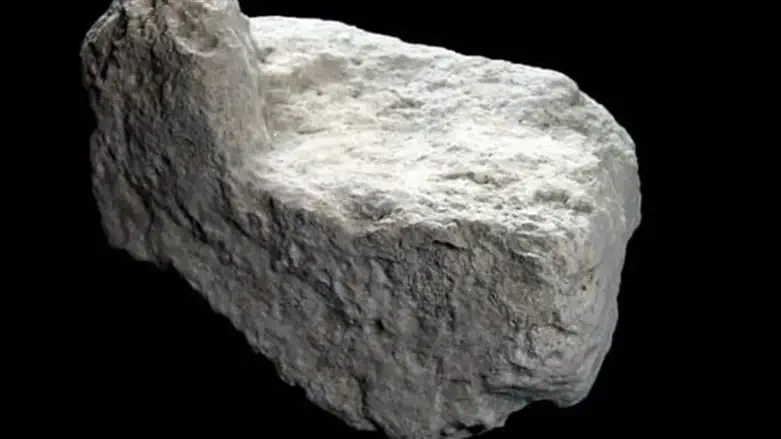
The final section of Parshat Naso depicts the Chanukat Ha-Mizbeach by the Nesi’im, the Dedication of the Mishkan (Tabernacle) by the Princes of the Tribes of Israel. Strikingly, the Nesi’im approached Moshe Rabbeinu (Moses) with their offerings for the Chanukat Ha-Mizbeach spontaneously, and it appears that Moshe was caught off-guard, not expecting the Nesi’im to suddenly present this lengthy sacrificial regimen on the first day that the Mishkan commenced regular operation (which was the first of Nissan). In fact, when the Nesi’im arrived with their Chanukat Ha-Mizbeach offerings, Moshe had to stop and first ask Hashem if the offerings could be brought. (V. Rashi on Bamidbar/Numbers 7:10, from Sifri.)
Why did the Nesi’im not propose the Chanukat Ha-Mizbeach earlier and plan the protocol with Moshe weeks or months prior to the Mishkan becoming functional? Unlike the Chanukat Ha-Mizbeach of the First Beit Ha-Mikdash (Temple), conducted by Shlomo Ha-Melech (King Solomon) before Avodah (sacrificial service) started there (v. Melachim/Kings I ch. 8), the Nesi’im approached Moshe with their offerings on the very day that Avodah began in the Mishkan, such that regular Mishkan Avodah and the special korbonot (sacrifices) of the Chanukat Ha-Mishkan occurred simultaneously.
As explained by the Mefarshim (Commentators), the Mishkan served as a kapparah, an atonement, for the Chet Ha-Egel (Sin of the Golden Calf). Hashem forgave the Jewish People by signaling to them that they should build a House for Him – the Mishkan – where He and they would be close, thereby showing them favor and reversing the estrangement precipitated by the Chet Ha-Egel.
The very concept of the Mishkan was a chesed (kindness) from Hashem. He gave us an opportunity to rectify and restore our relationship with Him, and to correct our own wayward trajectory, for adherence to the extreme minutiae of the Mishkan’s construction demonstrated our fidelity to Hashem’s command, rather than taking things into our own hands as was done with the Chet Ha-Egel.
However, despite these critically important and essential concepts, the Nesi’im sensed that something additional was very much needed: self-initiative and spontaneity. An innate drive to serve Hashem that comes from within, even without being commanded, is a core and indispensable component to avodat Hashem and our relationship with Him. Self-initiative and spontaneity were taken down a path of idolatry with the Chet Ha-Egel, and Nadav and Avihu’s effort to serve Hashem with self-initiative and spontaneity were misapplied and failed.
The Nesi’im detected that these elements of avodat Hashem needed to be present in an acceptable and positive way, and they therefore purposefully “timed” their proposed Chanukat Ha-Mizbeach offerings to lack formal, advanced planning; rather, inspired by the commencement of Avodah in Mishkan and the powerful manifestation and appearance of Hashem’s Presence therein at that moment (Vayikra 9:23), the Nesi’im were prompted to take the initiative and extemporaneously bring forth their offerings. Hashem was pleased with this idea and instructed Moshe that the Nesi’im should proceed. (Bamidbar 7:5)
May our avodat Hashem always be with a spirit of freshness and excitement, in the merit of the Nesi’im and the holy precedent they established.
Rabbi Avrohom Gordimer is Chairman of the Rabbinic Circle of the Coalition for Jewish Values, serves on the editorial board of Jewish Action magazine and as a staff writer for the Cross-Currents website. He is a member of the RCA and NY Bar, and an account executive at a large Jewish organization based in Manhattan